Australia’s interior is called The Red Center, and with the red color of the soil, you quickly see why. The sunsets add an extra red glow and that is just the icing on the cake. Already from the air you can see the red earth, and in the middle of it all you find the oasis Alice Springs, which despite its relatively small population is like a big city in the desert.
The city of Alice Springs is not one of Australia’s largest, but on the other hand the sights are unique. The history of colonizing and developing the vast land area is something that one can follow around the city, which also serves as a kind of capital for the country’s indigenous population, the Aborigines, whose arts and traditions, you can see several places in the city.
Institutions such as the Royal Flying Doctor Service and the School of the Air portray the story of living in and developing life in central Australia, where there is often a long way to go to a neighbor. The sites have fine museums that provide interesting knowledge into this part of the community. In the city you can also take a shopping trip to Todd Mall or see it all from above from the top of Anzac Hill.
On an exciting drive through the countryside you can enjoy the scenery on the way to eg Ayers Rock and The Olgas, which are unforgettable rock formations. A walk around Ayers Rock or into The Olgas is one of the things that gives lasting impressions from a walk down under, and both the sunrise, sunset and the star’s on a dark sky create special moods.
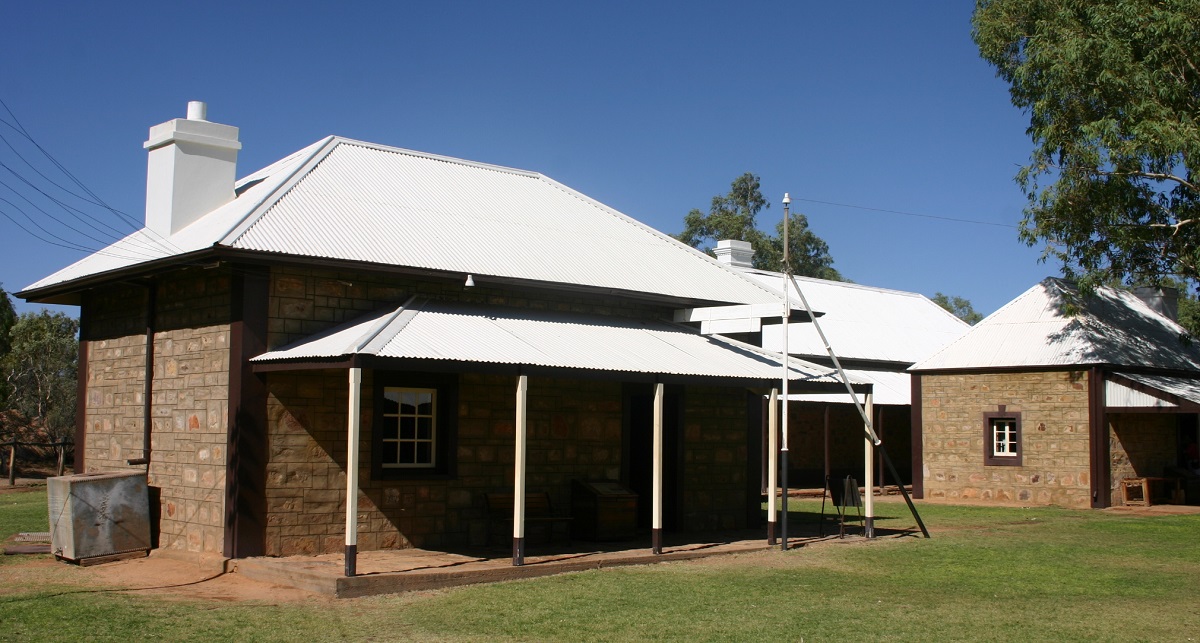

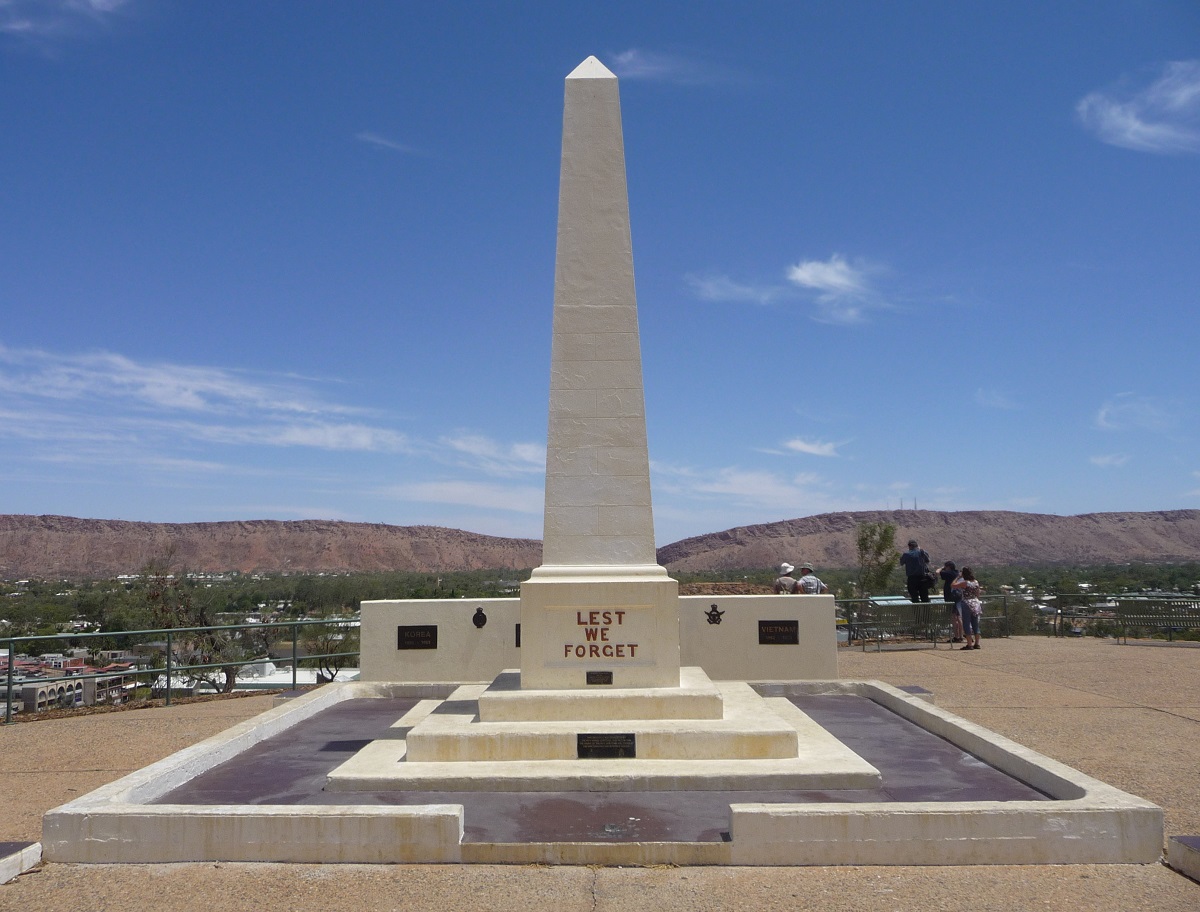
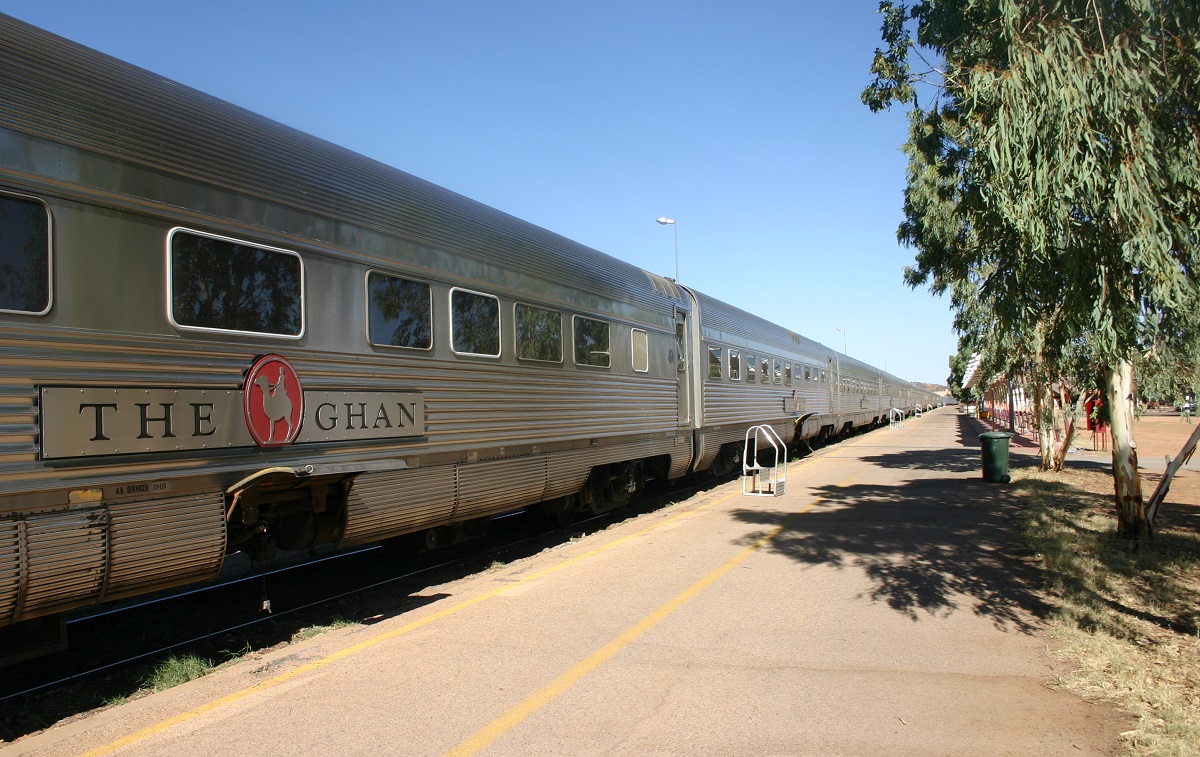
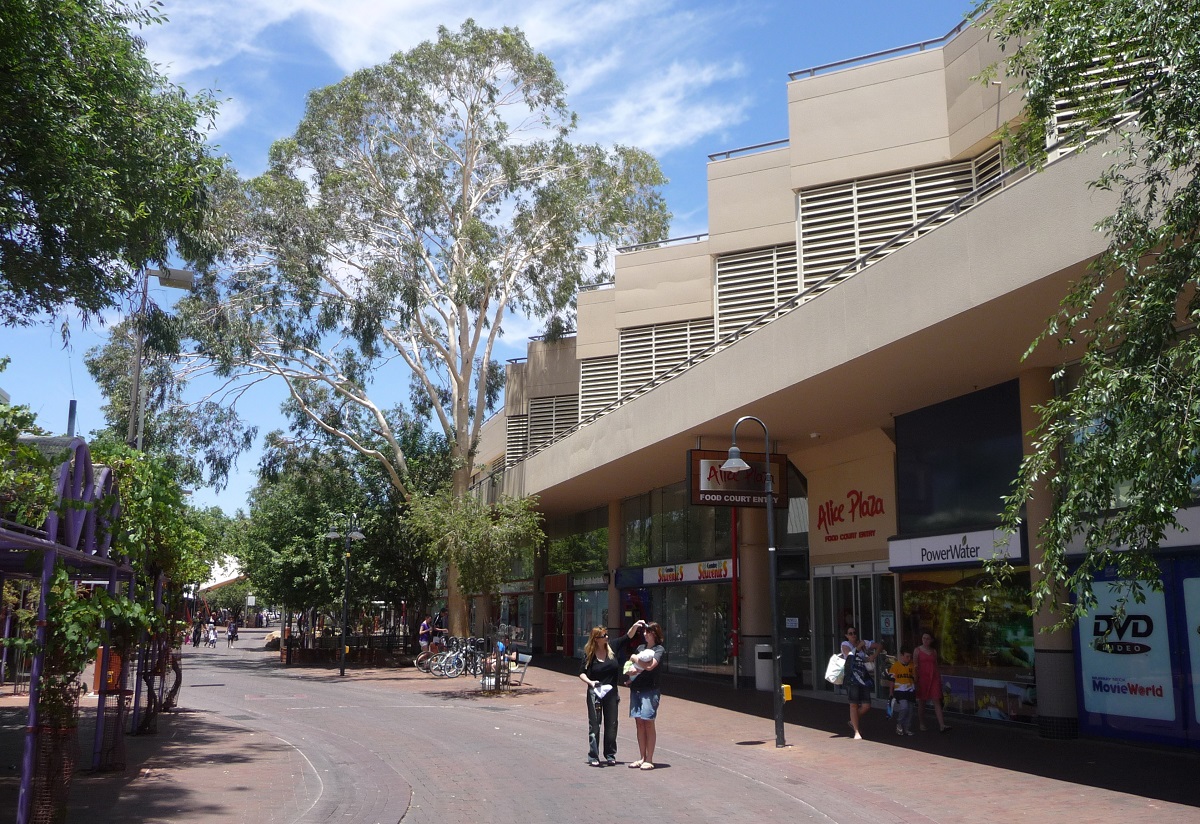
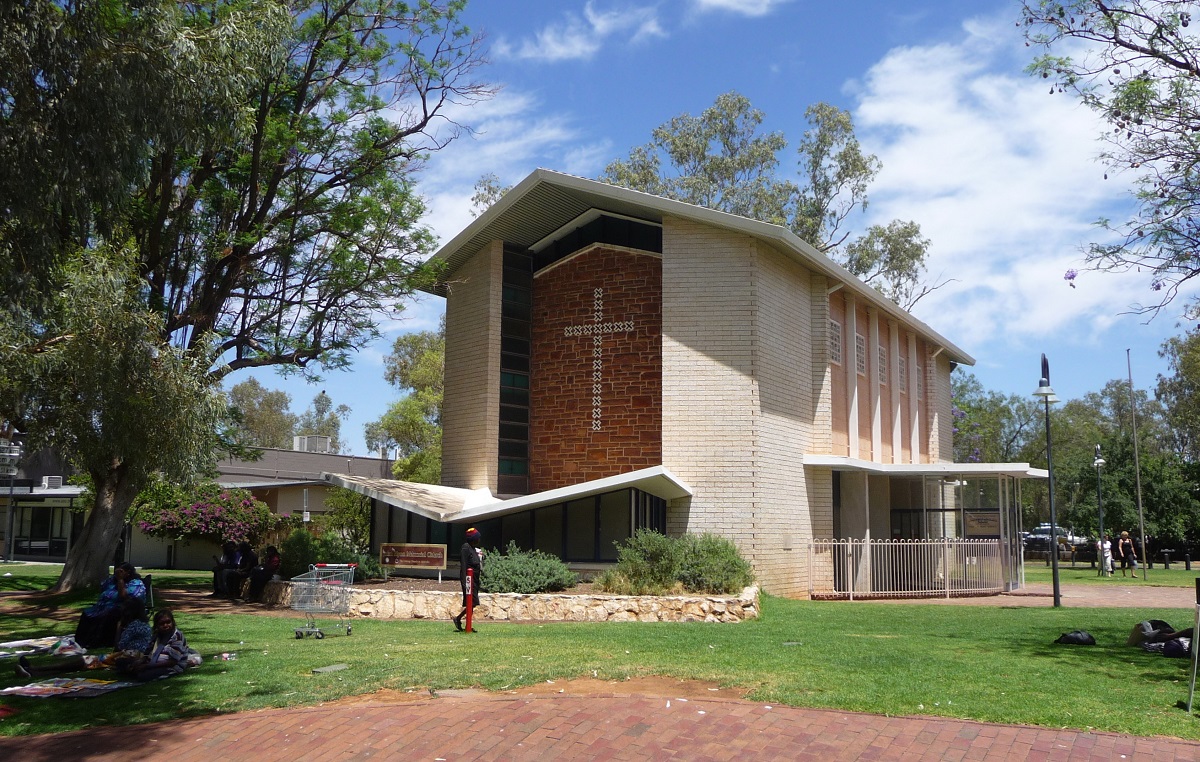
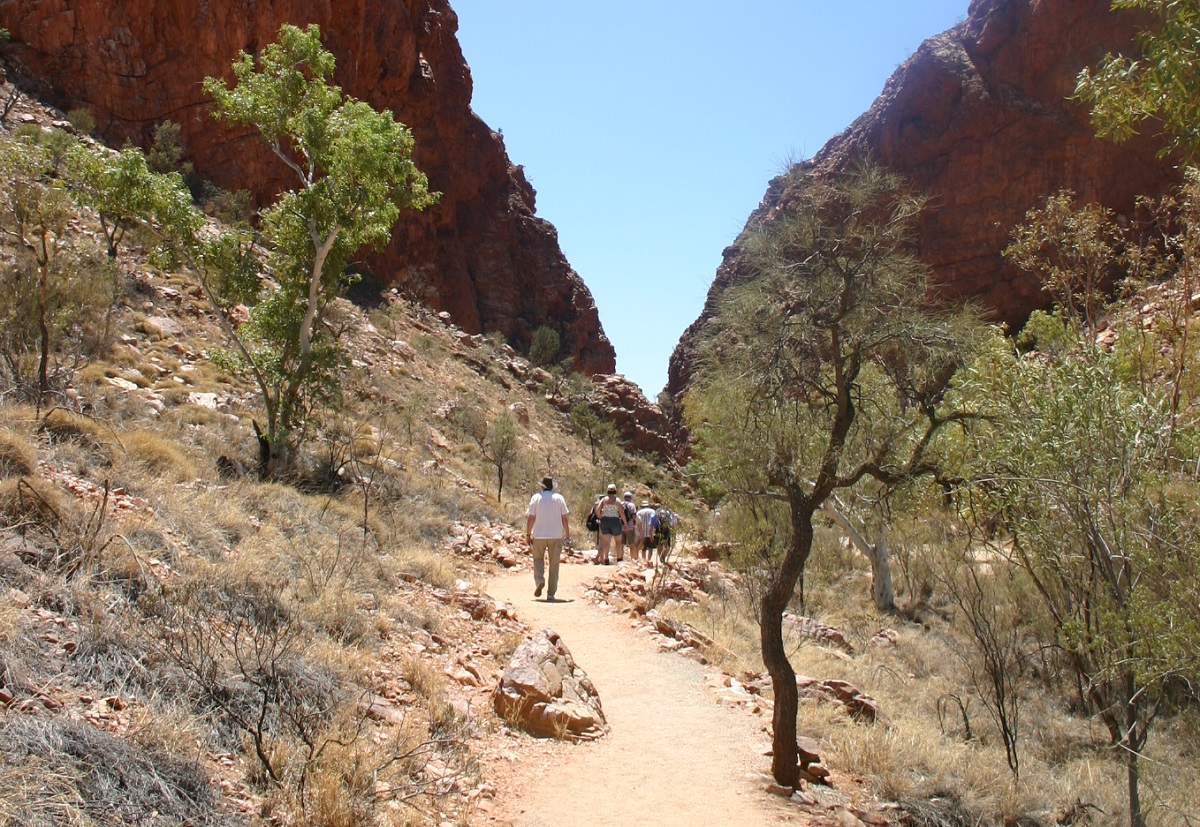

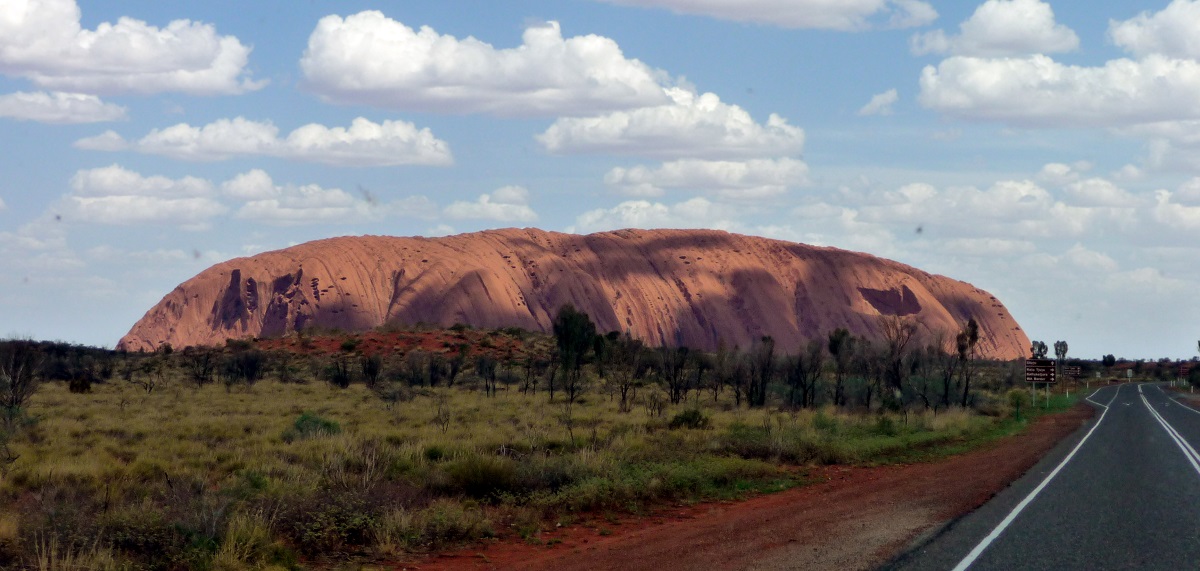
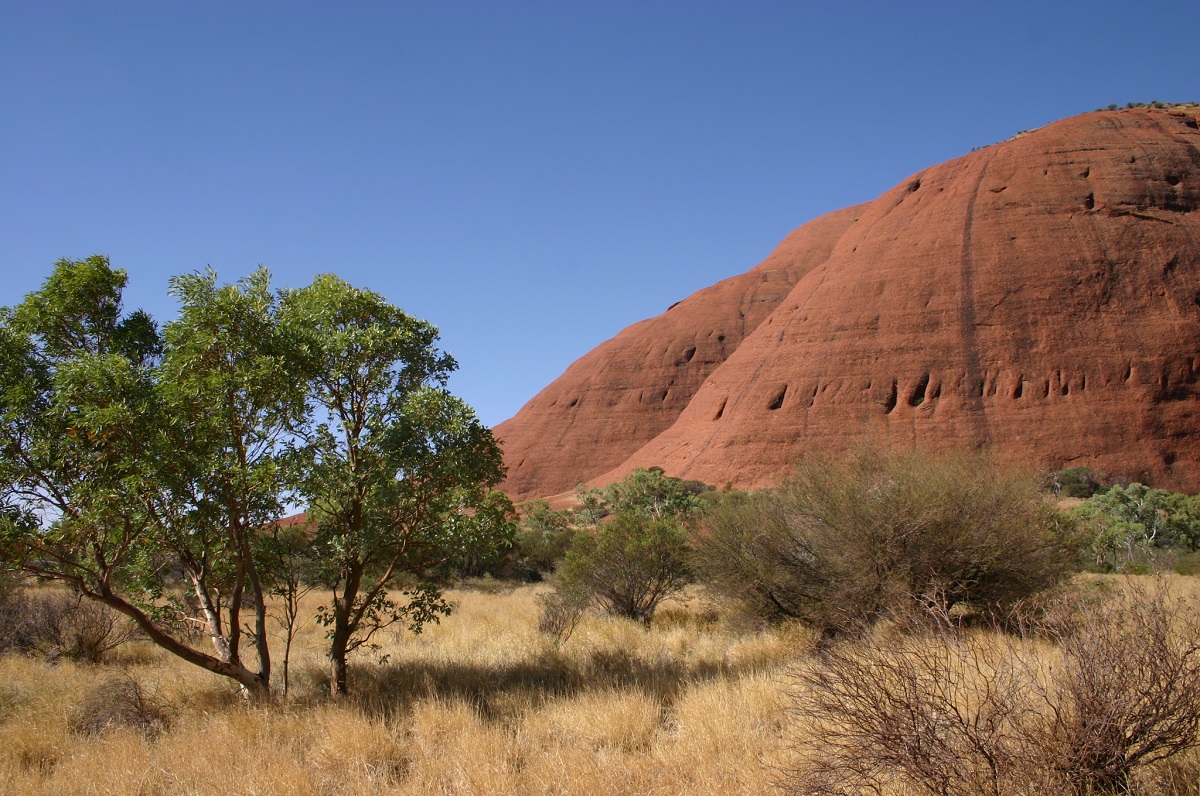
Pre European history
Central Australia is believed to have been inhabited for tens of thousands of years, of which the local Arrente-people have been in the area for the past millennia.
The Arrente people consisted of three groupings: Western, Eastern and Central, all living in Central Australia around the present Alice Springs and MacDonnell Ranges.
The culture and language of the people continue to thrive today, and the Eastern and Central Arrente languages are the dominant one in the region where the Arrente name of Alice Springs is Mparntwe.
John McDouall Stuart’s expeditions
Alice Springs is located in the middle of Australia, far from all the major cities of the country. The non-Aboriginal presence in the area started with John McDouall Stuart’s expedition to find the way across the Australian landmassy from south to north in 1862.
After Stuart’s voyage, a telegraph line, The Overland Telegraph Line, was constructed from Adelaide to Darwin, and the center of the telegraph station was called Alice Springs, believed to have found a water source at the exact location of the telegraph station itself. The name Alice comes from Charles Todd’s wife named Alice. Charles Todd, who has given his name to the Todd River, was responsible, among other things, for the construction of the Telegraph Line in the South Australia Colony.
The city grows
After the construction of the telegraph station, the first citizens established themselves around it, and the settlement was called Stuart until 1933, when it was officially called Alice Springs. The town grew slightly from 1887, when gold was found east of the city, but until well into the 1900s there were only a few hundred inhabitants.
Alice Springs was quite isolated, and for the first several years the camel caravans carried out the transport to and from the town. The isolation was broken only when the Adelaide railway line was opened in 1929. The city has grown steadily since then, and today Alice Springs is home to about 27,000 citizens.
Alice Springs today
The tourist industry is big in the city and there are daily flights from several of the Australian metropolitan areas. Since the beginning of 2004 it has also been possible to drive by train from Darwin in the north, which has created extra traffic and more opportunities for the tourist industry, which not least organizes trips to the magnificent scenery here in the heart of Australia, for example to Uluru Ayers Rock and Kata Tjuta The Olgas.

Overview of Alice Springs
Australia’s interior is called The Red Center, and with the red color of the soil, you quickly see why. The sunsets add an extra red glow and that is just the icing on the cake. Already from the air you can see the red earth, and in the middle of it all you find the oasis Alice Springs, which despite its relatively small population is like a big city in the desert.
The city is not one of Australia’s largest, but on the other hand the sights are unique. The history of colonizing and developing the vast land area is something that one can follow around the city, which also serves as a kind of capital for the country’s indigenous population, the Aborigines, whose arts and traditions, you can see several places in the city.
About the upcoming Alice Springs travel guide
About the travel guide
The Alice Springs travel guide gives you an overview of the sights and activities of the Australian city. Read about top sights and other sights, and get a tour guide with tour suggestions and detailed descriptions of all the city’s most important churches, monuments, mansions, museums, etc.
Alice Springs is waiting for you, and at vamados.com you can also find cheap flights and great deals on hotels for your trip. You just select your travel dates and then you get flight and accommodation suggestions in and around the city.
Read more about Alice Springs and Australia
Buy the travel guide
Click the “Add to Cart” button to purchase the travel guide. After that you will come to the payment, where you enter the purchase and payment information. Upon payment of the travel guide, you will immediately receive a receipt with a link to download your purchase. You can download the travel guide immediately or use the download link in the email later.
Use the travel guide
When you buy the travel guide to Alice Springs you get the book online so you can have it on your phone, tablet or computer – and of course you can choose to print it. Use the maps and tour suggestions and you will have a good and content-rich journey.
Todd Mall • ANZAC Hill • The Ghan • Uluru Ayers Rock • The Olgas

Overview of Alice Springs
Australia’s interior is called The Red Center, and with the red color of the soil, you quickly see why. The sunsets add an extra red glow and that is just the icing on the cake. Already from the air you can see the red earth, and in the middle of it all you find the oasis Alice Springs, which despite its relatively small population is like a big city in the desert.
The city is not one of Australia’s largest, but on the other hand the sights are unique. The history of colonizing and developing the vast land area is something that one can follow around the city, which also serves as a kind of capital for the country’s indigenous population, the Aborigines, whose arts and traditions, you can see several places in the city.
About the upcoming Alice Springs travel guide
About the travel guide
The Alice Springs travel guide gives you an overview of the sights and activities of the Australian city. Read about top sights and other sights, and get a tour guide with tour suggestions and detailed descriptions of all the city’s most important churches, monuments, mansions, museums, etc.
Alice Springs is waiting for you, and at vamados.com you can also find cheap flights and great deals on hotels for your trip. You just select your travel dates and then you get flight and accommodation suggestions in and around the city.
Read more about Alice Springs and Australia
Buy the travel guide
Click the “Add to Cart” button to purchase the travel guide. After that you will come to the payment, where you enter the purchase and payment information. Upon payment of the travel guide, you will immediately receive a receipt with a link to download your purchase. You can download the travel guide immediately or use the download link in the email later.
Use the travel guide
When you buy the travel guide to Alice Springs you get the book online so you can have it on your phone, tablet or computer – and of course you can choose to print it. Use the maps and tour suggestions and you will have a good and content-rich journey.



Similar to Alice Springs Travel Guide
There are no listings matching your search.
Reset